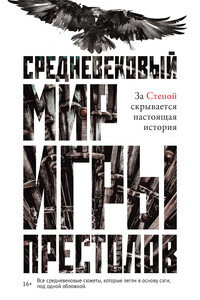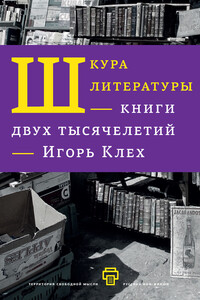40 лет Санкт-Петербургской типологической школе - страница 39
In a great number of cases we have the infixal r fulfilling the sound-symbolic function of simple repetition:
Broadening the perspective, it was expedient to gauge the RL situation in some language typologically different from English and Indonesian. Closely linked to a series of typological studies (e. g. [Voronin, Lapkina 1977; Lapkina, Voronin 1979; cf. Voronin, Lapkina 1989]), was the CandPhil by Lapkina [1979], a postgraduate of mine, discussing onomatopoes in Bashkir (as compared to English). As in other Turkic languages, R-formations are a significant part of Bashkir onomatopoeic vocabulary. Usually the R-formative is seen in Turkology as conveying plurality, iteration, intensity (e. g. [Ašmarin 1928; Xaritonov 1954; Sevortian 1962; Xudajkuliev 1962; Išmuxametov 1970; Serebrennikov 1977]), thus imparting to the onomatope only a subsidiary, quantitative characteristic (not unlike the formative in English). Phonosemantic analysis, however, shows that, at least for Bashkir, this sound-symbolic function of r in the formative largely makes way for the qualitative onomatopoeic function of rendering pure dissonance. Consider thus supyr «(dial.) to bubble» denoting essentially an iteration of the instant sound of a stone going plop into the water, the latter rendered by the onomatope sup: the r's function is sound-symbolic; as opposed to this consider typyr in the sense «the rattling sound of machine-gun fire»: the r's function is onomatopoeic (like in tur «vibrant sound», with r part of the root).
Studies in a number of Germanic (English, German, Dutch), Turkic (Bashkir, Kirghiz, Chuvash) languages, as well as Malay/Indonesian, and Samoyed (Selkup) languages demonstrate that these formatives comprise a phonosemantically valid part of iconic word.
The evolution of RL is related to the process of denaturalization (the erosion of iconisity) in RL-formatives. This is best seen in r (the phonosemantically more powerful of the two sonants), discussed in the present paper. In root onomatopoeia, r is an important qualitative feature of the referent; it comes forth as the constituting element of an entire class of onomatopes («frequentatives»), first elicited in Voronin [1969]. It is the qualitative idiosyncrasy/exclusiveness of r that encompasses the very possibility of its development towards an element of nothing more than a quantitative characteristic of the referent: «dissonance, vibration, roughness, staccato nature, intermittence' — „iteration, plurality, prolongation, intensity“. And this possibility is widely used by the most diverse languages. The quantitativeness of the iterative R-affix germinates from the qualitativeness of the r-element in the phonetic structure of the onomatopoeic root word. What happens is the transformation of r from concrete qualitative characteristic of the referent, its „downgrading“ to an abstract quantitative characteristic (a de-qualification of r» s semantics, together with its quantification).
Thus, studies in a typological multeity oflanguages — i.a. Indo-European (notably English, also Tajik), Uralic (Selkup), Turkic (notably Turkish, Chuvash, Bashkir, Yakut), Mongolian (Buryat), Tun-gus-Manchu (Nanaian), Malay/Indonesian (discussed at some length in this paper) — warrant the conclusion that RL-formatives, in origin part of a simple disyllabic iconoc root word, comprise a potent iconic frequentalia in the sphere of expressing verbal plurality (multiplicativity). A detailed phonosemantic typology of RL-formatives is on the agenda.
I now conclude. Typologists have an impressive record of penetrating research in phonetic, semantic, functional-semantic, functional-grammatical typology. I suggest that they no longer turn a blind eye to cross-linguistic grammatical iconicity and phonosemantic typology. Mainstream linguistics will then — I warrant this — encounter a world hitherto unseen — a vast and mysterious world waiting to be unravelled.



